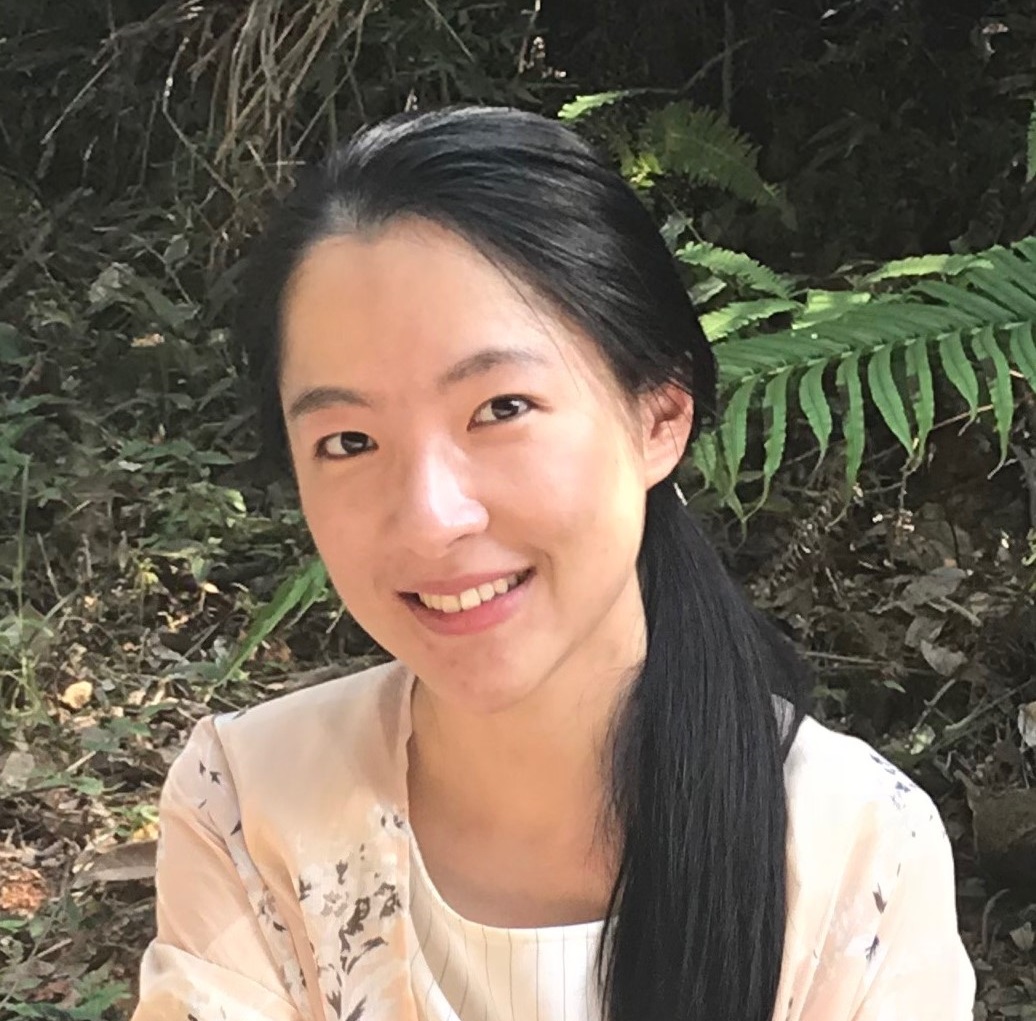Cited By
View all- Bajpai SMishra GJain RJain DSaini DHussain A(2025) - Approx: A novel Resnet-Inception-based Fast -approximation method for face recognition Neurocomputing10.1016/j.neucom.2024.128708613(128708)Online publication date: Jan-2025
- Qiao YLe HZhang MAdhikary AZhang CHong C(2025)FedCCL: Federated dual-clustered feature contrast under domain heterogeneityInformation Fusion10.1016/j.inffus.2024.102645113(102645)Online publication date: Jan-2025
- Li YHe JLiu HZhang YLi Z(2025)Semantic Guided prototype learning for Cross-Domain Few-Shot hyperspectral image classificationExpert Systems with Applications10.1016/j.eswa.2024.125453260(125453)Online publication date: Jan-2025
- Show More Cited By


